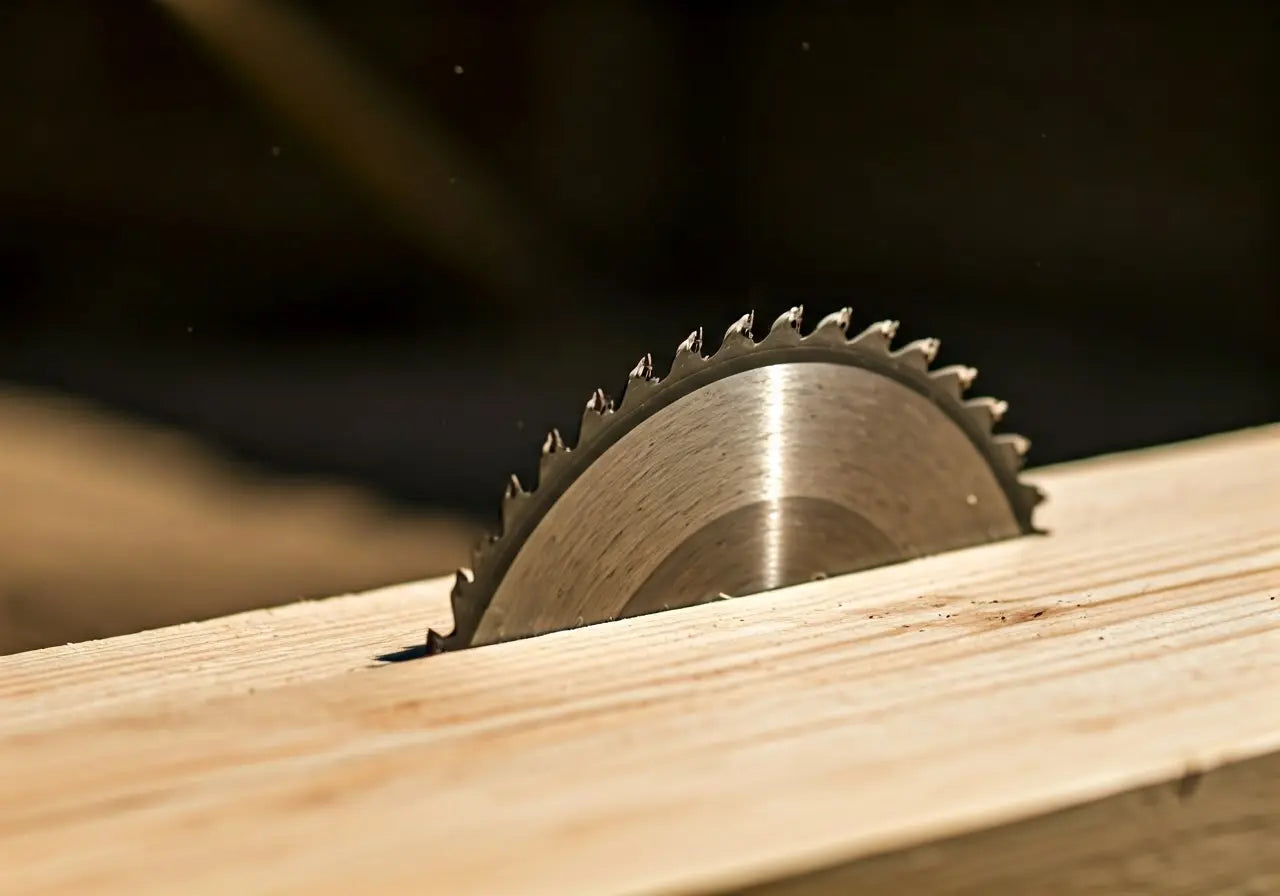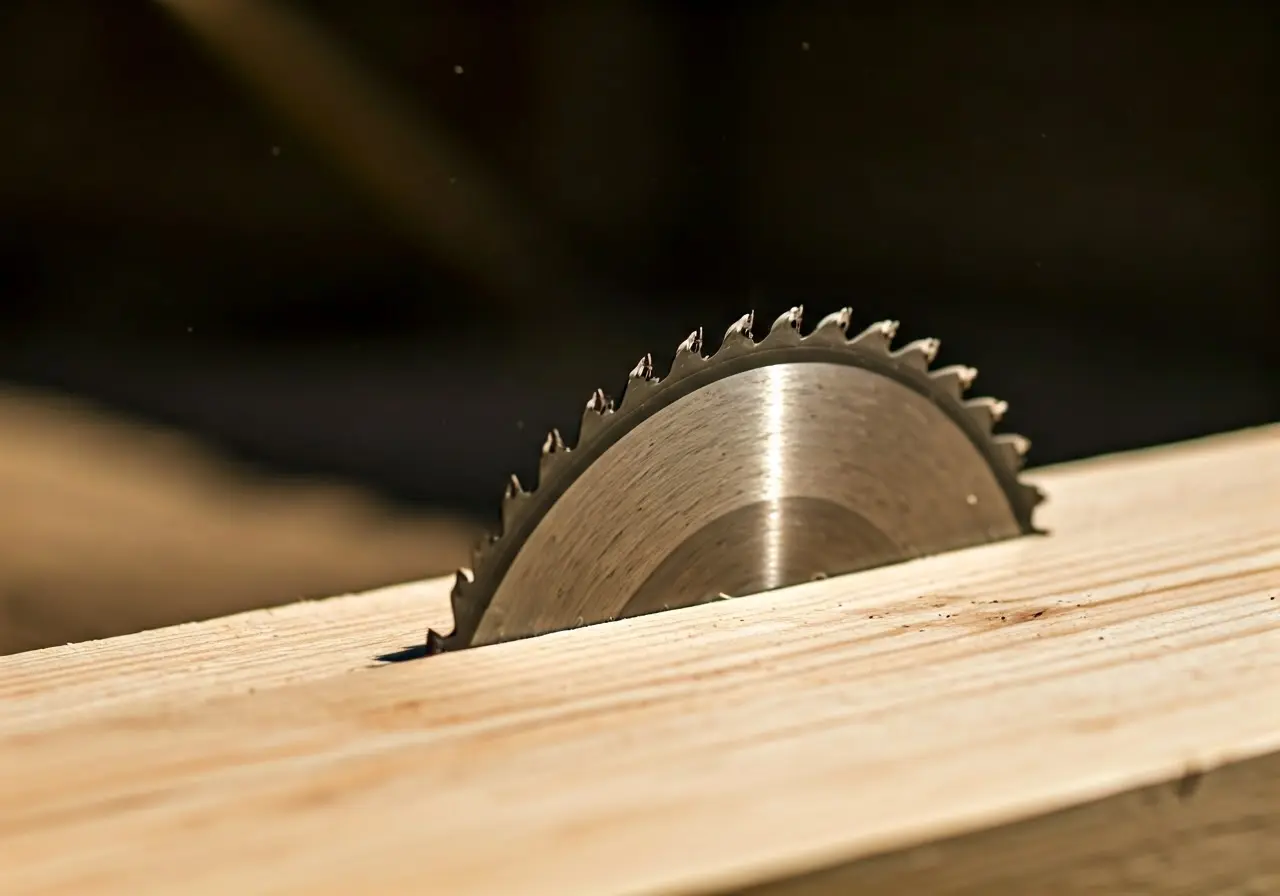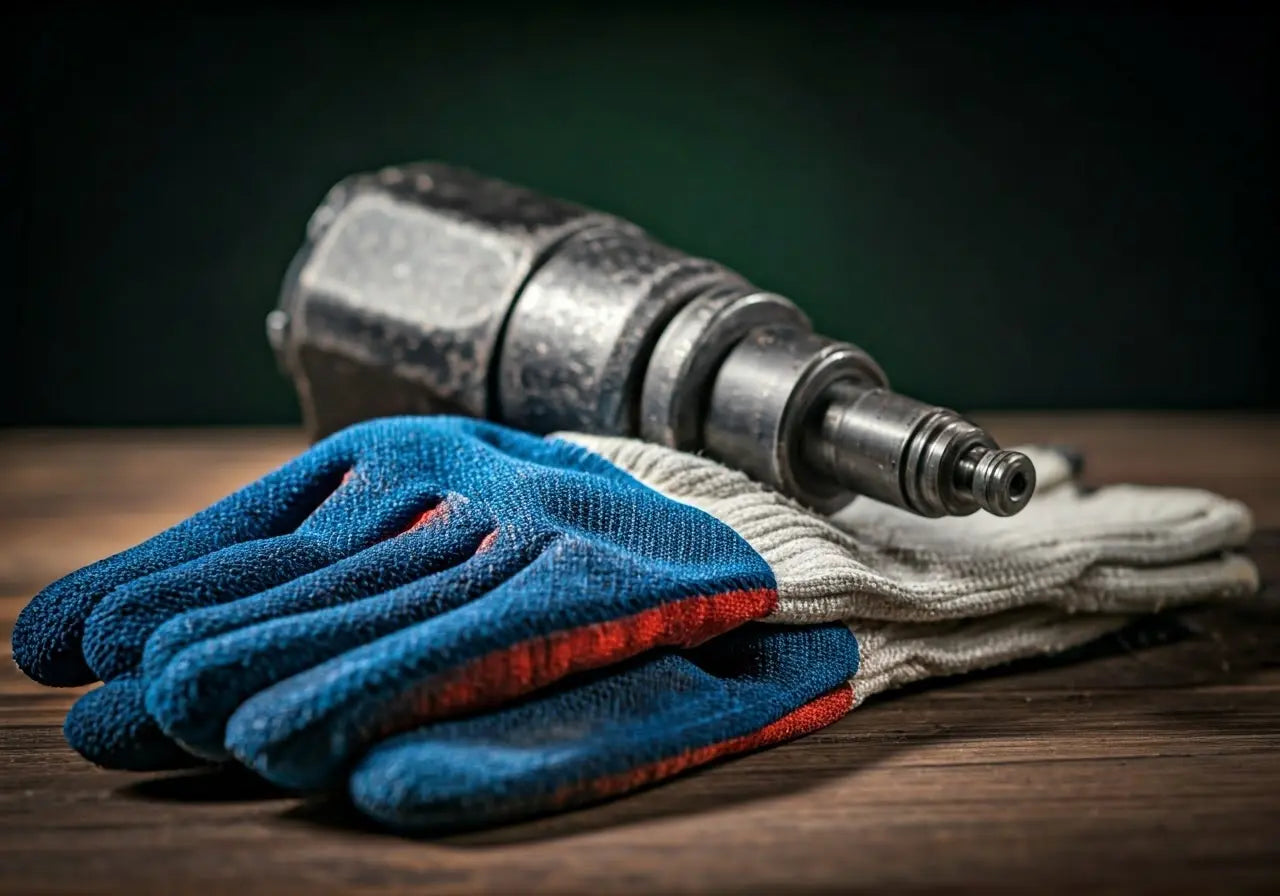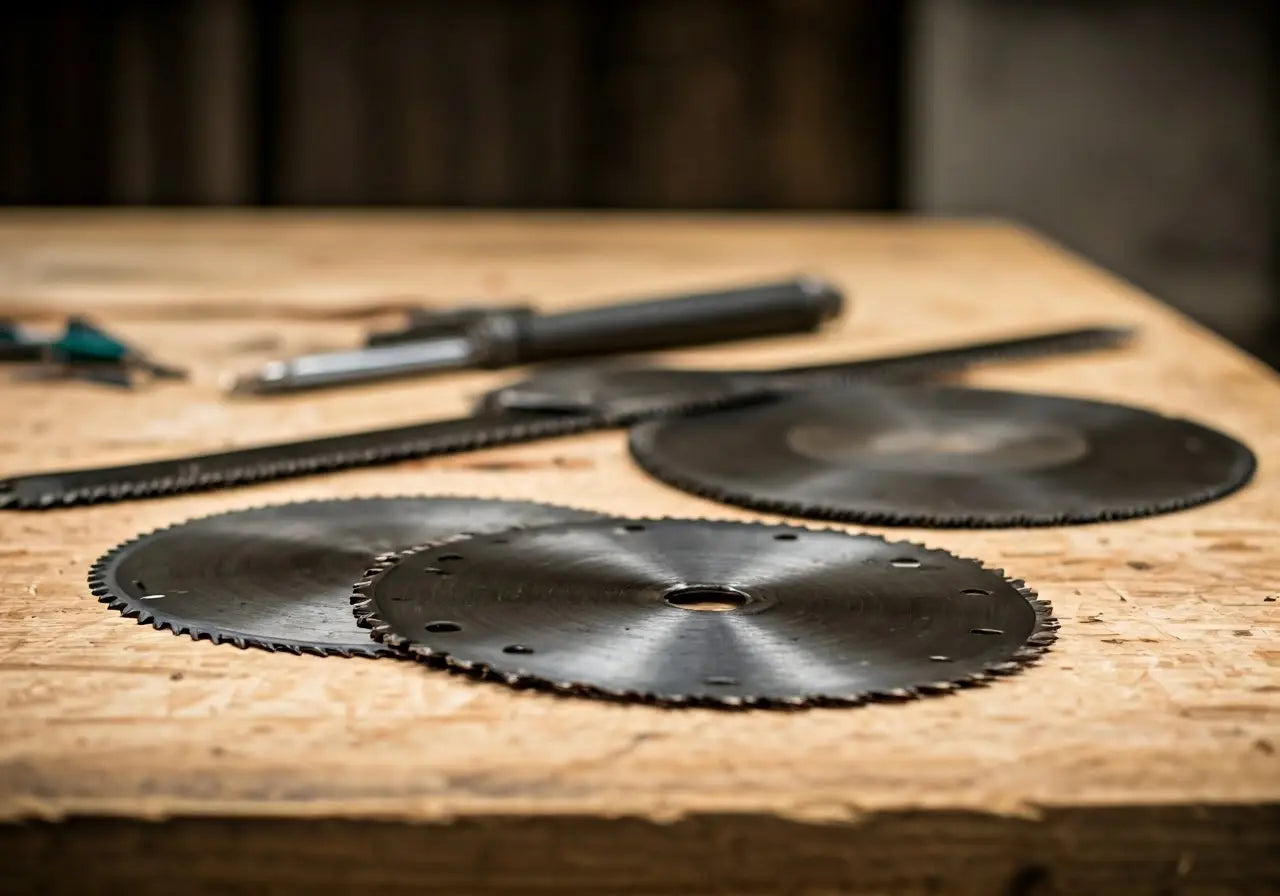Whether you’re a seasoned woodworker or a weekend DIY enthusiast, achieving clean and precise cuts can elevate your projects to a professional level. But how can you ensure that every cut you make is as smooth as possible? In this guide, we’ll explore some practical tips to help you get cleaner cuts with any saw blade. From choosing the right blade to maintaining it, we’ve got you covered.
Choosing the Right Saw Blade
The first step to cleaner cuts is selecting the correct saw blade for your material. Not all blades are created equal; some are designed for wood, while others are better suited for metal or plastic. Consider the tooth count and type, as it can affect the smoothness of the cut.
For those who often work with wood, a blade with a higher tooth count typically results in smoother cuts. Blades specifically designed for woodworking are engineered to handle the grain and density of different types of wood, minimizing the risk of chipping and splintering. When cutting metal, however, you’ll require a blade that’s engineered to withstand heat and minimize wear. Opt for blades that have fewer teeth per inch as they tend to cut slower but with more precision, reducing the risk of overheating and material distortion. Understanding the different types of saw blades and their purposes can greatly enhance your workshop efficacy and improve overall project outcomes.
When it comes to masonry work, selecting the right blade can be the difference between a smooth cut and a regrettable one. It’s critical to choose a blade that can withstand the abrasive nature of masonry materials. Our Q-Drive blades integrate cutting-edge technology, ensuring longevity and smoothness when addressing masonry tasks. Additionally, always factor in your saw’s compatibility with the blade. A streamlined match will ensure efficient performance and longevity.
Proper Blade Installation and Alignment
Installing the blade correctly is crucial for achieving clean cuts. Make sure it’s aligned properly and secured tightly to prevent wobbling. Misalignment can result in jagged edges and increased friction, ruining the quality of the cut.
Start by unplugging your saw to ensure safety during installation. Carefully remove the current blade, checking the arbor for dirt or debris which could prevent the new blade from sitting flush against it. Take the new blade and align it perfectly with the arbor, ensuring that the teeth face the correct cutting direction. When securing the blade, tighten it just enough to hold it in place, as over-tightening can warp the blade and cause uneven cuts. A professionally aligned blade cuts with precision and reduces the wear on your equipment, leading to smoother, cleaner finishes on your projects. For a detailed guide, learn more about installing saw blades accurately.
Maintaining Sharpness for Optimal Performance
A dull blade will never deliver clean cuts. Regular maintenance, such as sharpening or replacing your blade when necessary, is essential. A sharp blade not only cuts cleaner but also reduces wear and extends the life of your tool.
One way to maintain blade sharpness is through consistent cleaning. Keeping your blade free from debris is paramount as buildup can significantly affect its cutting efficiency. Cleaning saw blades can prevent issues related to blade corrosion and extend its usability. Set a regular schedule to inspect your blade for dullness, and use appropriate sharpening tools when required. Remember, maintenance is not just about sharpening; it’s about ensuring your blade is always in its peak condition, ready for any project.
Adjusting Cutting Techniques for Better Results
Your cutting technique can significantly impact the quality of your cuts. Maintaining a steady hand and applying consistent pressure can help avoid splintering and miscuts. Slow and steady wins the race when it comes to cleaner cuts.
Practicing proper cutting techniques not only influences the precision of your cuts but also enhances safety. Start by stabilizing your material firmly to prevent any shifts. Make sure to use both hands where possible to maintain control over the saw, gradually feeding the material into the blade without rushing. Remember, allowing the blade to do the work rather than forcing the material through will yield much neater results. To discover more advanced techniques, consider reaching out for a detailed consultation with our iQ experts for personalized advice based on your specific needs.
Understanding and Adjusting Cutting Speed
Different materials require different cutting speeds for optimal results. Understanding how speed affects your cuts can prevent chipping or overheating, leading to smoother edges. Adjust your speed settings to match the material at hand.
Mastering Your Saw for Perfect Cuts
Achieving cleaner cuts with any saw blade is all about understanding your tools and applying the right techniques. By selecting the appropriate blade, fine-tuning your saw, and adopting best practices, you can greatly enhance your cutting results. Remember, practice makes perfect, so don’t hesitate to experiment and find what works best for you. Happy cutting!






اترك تعليقًا
This site is protected by hCaptcha and the hCaptcha Privacy Policy and Terms of Service apply.